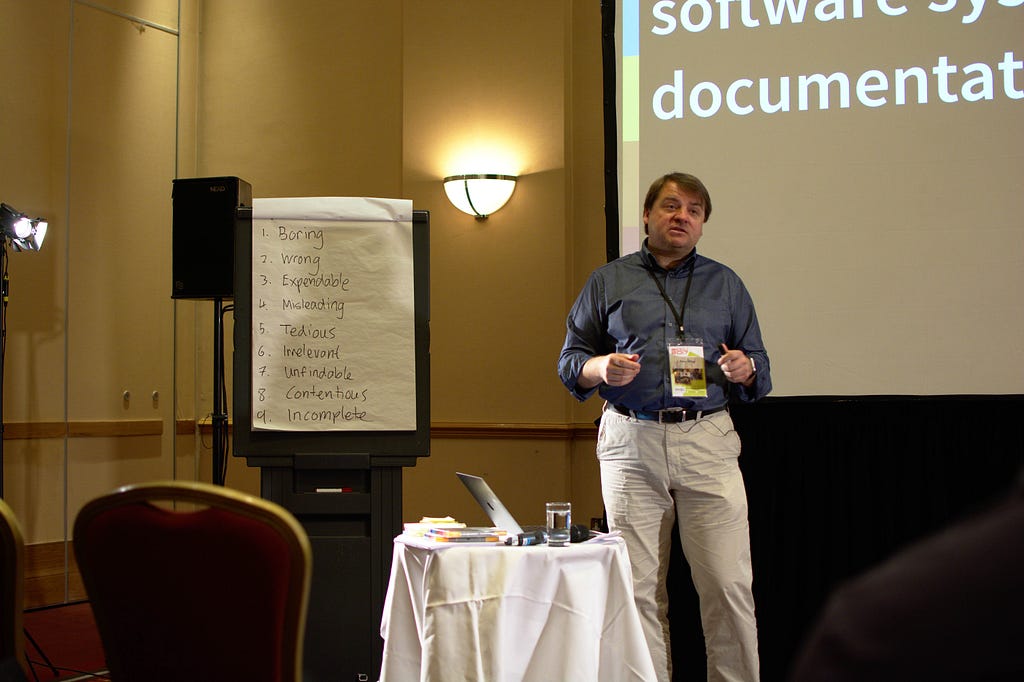Andy Balaam from Andy Balaam's Blog
Series: asyncio basics, large numbers in parallel, parallel HTTP requests, adding to stdlib
I’ve been working on how to make a very large number of HTTP requests using Python’s asyncio and aiohttp.
PaweÅ‚ Miech’s post Making 1 million requests with python-aiohttp taught me how to think about this, and got us a long way, with 1 million requests running in a reasonable time, but I need to go further.
PaweÅ‚’s approach limits the number of requests that are in progress, but it uses an unbounded amount of memory to hold the futures that it wants to execute.
We can avoid using unbounded memory by using the limited_as_completed function I outined in my previous post.
Setup
Server
We have a server program “server”:
(Note it differs from PaweÅ‚’s version because I am using an older version of aiohttp which has fewer convenient features.)
#!/usr/bin/env python3.5
from aiohttp import web
import asyncio
import random
async def handle(request):
await asyncio.sleep(random.randint(0, 3))
return web.Response(text="Hello, World!")
async def init():
app = web.Application()
app.router.add_route('GET', '/{name}', handle)
return await loop.create_server(
app.make_handler(), '127.0.0.1', 8080)
loop = asyncio.get_event_loop()
loop.run_until_complete(init())
loop.run_forever()
This just responds “Hello, World!” to every request it receives, but after an artificial delay of 0-3 seconds.
Synchronous client
As a baseline, we have a synchronous client “client-sync”:
#!/usr/bin/env python3.5
import requests
import sys
url = "http://localhost:8080/{}"
for i in range(int(sys.argv[1])):
requests.get(url.format(i)).text
This waits for each request to complete before making the next one. Like the other clients below, it takes the number of requests to make as a command-line argument.
Async client using semaphores
Copied mostly verbatim from Making 1 million requests with python-aiohttp we have an async client “client-async-sem” that uses a semaphore to restrict the number of requests that are in progress at any time to 1000:
#!/usr/bin/env python3.5
from aiohttp import ClientSession
import asyncio
import sys
limit = 1000
async def fetch(url, session):
async with session.get(url) as response:
return await response.read()
async def bound_fetch(sem, url, session):
# Getter function with semaphore.
async with sem:
await fetch(url, session)
async def run(session, r):
url = "http://localhost:8080/{}"
tasks = []
# create instance of Semaphore
sem = asyncio.Semaphore(limit)
for i in range(r):
# pass Semaphore and session to every GET request
task = asyncio.ensure_future(bound_fetch(sem, url.format(i), session))
tasks.append(task)
responses = asyncio.gather(*tasks)
await responses
loop = asyncio.get_event_loop()
with ClientSession() as session:
loop.run_until_complete(asyncio.ensure_future(run(session, int(sys.argv[1]))))
Async client using limited_as_completed
The new client I am presenting here uses limited_as_completed from the previous post. This means it can make a generator that provides the futures to wait for as they are needed, instead of making them all at the beginning.
It is called “client-async-as-completed”:
#!/usr/bin/env python3.5
from aiohttp import ClientSession
import asyncio
from itertools import islice
import sys
def limited_as_completed(coros, limit):
futures = [
asyncio.ensure_future(c)
for c in islice(coros, 0, limit)
]
async def first_to_finish():
while True:
await asyncio.sleep(0)
for f in futures:
if f.done():
futures.remove(f)
try:
newf = next(coros)
futures.append(
asyncio.ensure_future(newf))
except StopIteration as e:
pass
return f.result()
while len(futures) > 0:
yield first_to_finish()
async def fetch(url, session):
async with session.get(url) as response:
return await response.read()
limit = 1000
async def print_when_done(tasks):
for res in limited_as_completed(tasks, limit):
await res
r = int(sys.argv[1])
url = "http://localhost:8080/{}"
loop = asyncio.get_event_loop()
with ClientSession() as session:
coros = (fetch(url.format(i), session) for i in range(r))
loop.run_until_complete(print_when_done(coros))
loop.close()
Again, this limits the number of requests to 1000.
Test setup
Finally, we have a test runner script called “timed”:
#!/usr/bin/env bash
./server &
sleep 1 # Wait for server to start
/usr/bin/time --format "Memory usage: %MKB\tTime: %e seconds" "$@"
# %e Elapsed real (wall clock) time used by the process, in seconds.
# %M Maximum resident set size of the process in Kilobytes.
kill %1
This runs each process, ensuring the server is restarted each time it runs, and prints out how long it took to run, and how much memory it used.
Results
When making only 10 requests, the async clients worked faster because they launched all the requests simultaneously and only had to wait for the longest one (3 seconds). The memory usage of all three clients was fine:
$ ./timed ./client-sync 10
Memory usage: 20548KB Time: 15.16 seconds
$ ./timed ./client-async-sem 10
Memory usage: 24996KB Time: 3.13 seconds
$ ./timed ./client-async-as-completed 10
Memory usage: 23176KB Time: 3.13 seconds
When making 100 requests, the synchronous client was very slow, but all three clients worked eventually:
$ ./timed ./client-sync 100
Memory usage: 20528KB Time: 156.63 seconds
$ ./timed ./client-async-sem 100
Memory usage: 24980KB Time: 3.21 seconds
$ ./timed ./client-async-as-completed 100
Memory usage: 24904KB Time: 3.21 seconds
At this point let’s agree that life is too short to wait for the synchronous client.
When making 10000 requests, both async clients worked quite quickly, and both had increased memory usage, but the semaphore-based one used almost twice as much memory as the limited_as_completed version:
$ ./timed ./client-async-sem 10000
Memory usage: 77912KB Time: 18.10 seconds
$ ./timed ./client-async-as-completed 10000
Memory usage: 46780KB Time: 17.86 seconds
For 1 million requests, the semaphore-based client took 25 minutes on my (32GB RAM) machine. It only used about 10% of my CPU, and it used a lot of memory (over 3GB):
$ ./timed ./client-async-sem 1000000
Memory usage: 3815076KB Time: 1544.04 seconds
Note: PaweÅ‚’s version only took 9 minutes on his laptop and used all his CPU, so I wonder whether I have made a mistake somewhere, or whether my version of Python (3.5.2) is not as good as a later one.
The limited_as_completed version ran in a similar amount of time but used 100% of my CPU, and used a much smaller amount of memory (162MB):
$ ./timed ./client-async-as-completed 1000000
Memory usage: 162168KB Time: 1505.75 seconds
Now let’s try 100 million requests. The semaphore-based version lasted 10 hours before it was killed by Linux’s OOM Killer, but it didn’t manage to make any requests in this time, because it creates all its futures before it starts making requests:
$ ./timed ./client-async-sem 100000000
Command terminated by signal 9
I left the limited_as_completed version over the weekend and it managed to succeed eventually:
$ ./timed ./client-async-as-completed 100000000
Memory usage: 294304KB Time: 150213.15 seconds
So its memory usage was still very bounded, and it managed to do about 665 requests/second over an extended period, which is almost identical to the throughput of the previous cases.
Conclusion
Making a million requests is usually enough, but when we really need to do a lot of work while keeping our memory usage bounded, it looks like an approach like limited_as_completed is a good way to go. I also think it’s slightly easier to understand.
In the next post I describe my attempt to get something like this added to the Python standard library.












